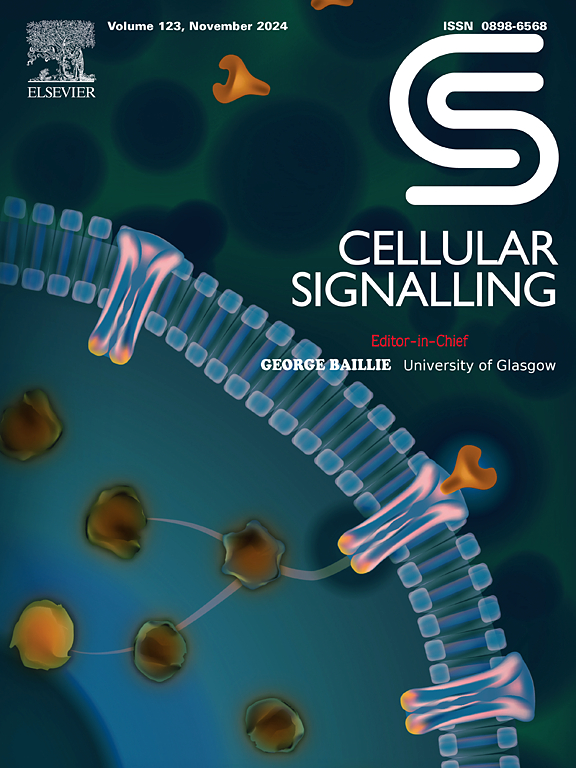DDX24 inhibits clear cell renal cell carcinoma progression by directly regulating AKR1B10
IF 4.4
2区 生物学
Q2 CELL BIOLOGY
引用次数: 0
Abstract
Clear cell renal cell carcinoma (ccRCC) is one of the most common malignancies worldwide, but only a few markers have been used to diagnose ccRCC. Here, we report the critical roles of DEAD-box helicase 24 (DDX24), a member of the DEAD-box RNA helicase family, in ccRCC. The DDX24 expression level and its prognostic value were initially detected in public data and then verified in a ccRCC tissue microarray. Subsequent in vitro and in vivo experiments were conducted on representative ccRCC cell lines. RNA sequencing and experimental studies were performed to explore the underlying mechanisms, and the associations between DDX24 expression and immune characteristics were evaluated. DDX24 levels were significantly lower in ccRCC tissues and negatively correlated with advanced clinical stage and overall survival. Functional analyses showed that DDX24 overexpression inhibited ccRCC cell proliferation, migration, and invasion, while DDX24 knockdown enhanced these phenotypes. Mechanistic studies revealed that DDX24 regulated the expression of aldo-keto reductase family 1 member B10 (AKR1B10) and epithelial-mesenchymal transition (EMT)-related transcription factors. Given the low expression of DDX24, ccRCC patients may benefit more from immunotherapies. In conclusion, these findings demonstrate that DDX24 suppresses ccRCC progression through direct regulation of AKR1B10, potentially mediated by EMT-related pathways, which provides potential therapeutic targets for ccRCC.
求助全文
约1分钟内获得全文
求助全文
来源期刊

Cellular signalling
生物-细胞生物学
CiteScore
8.40
自引率
0.00%
发文量
250
审稿时长
27 days
期刊介绍:
Cellular Signalling publishes original research describing fundamental and clinical findings on the mechanisms, actions and structural components of cellular signalling systems in vitro and in vivo.
Cellular Signalling aims at full length research papers defining signalling systems ranging from microorganisms to cells, tissues and higher organisms.
 求助内容:
求助内容: 应助结果提醒方式:
应助结果提醒方式:


